Spring Boot(二)之与Mybatis结合使用
这是使用的是mybatis的xml方式,还有注解的方式
1.创建项目
1.1 创建一个Project
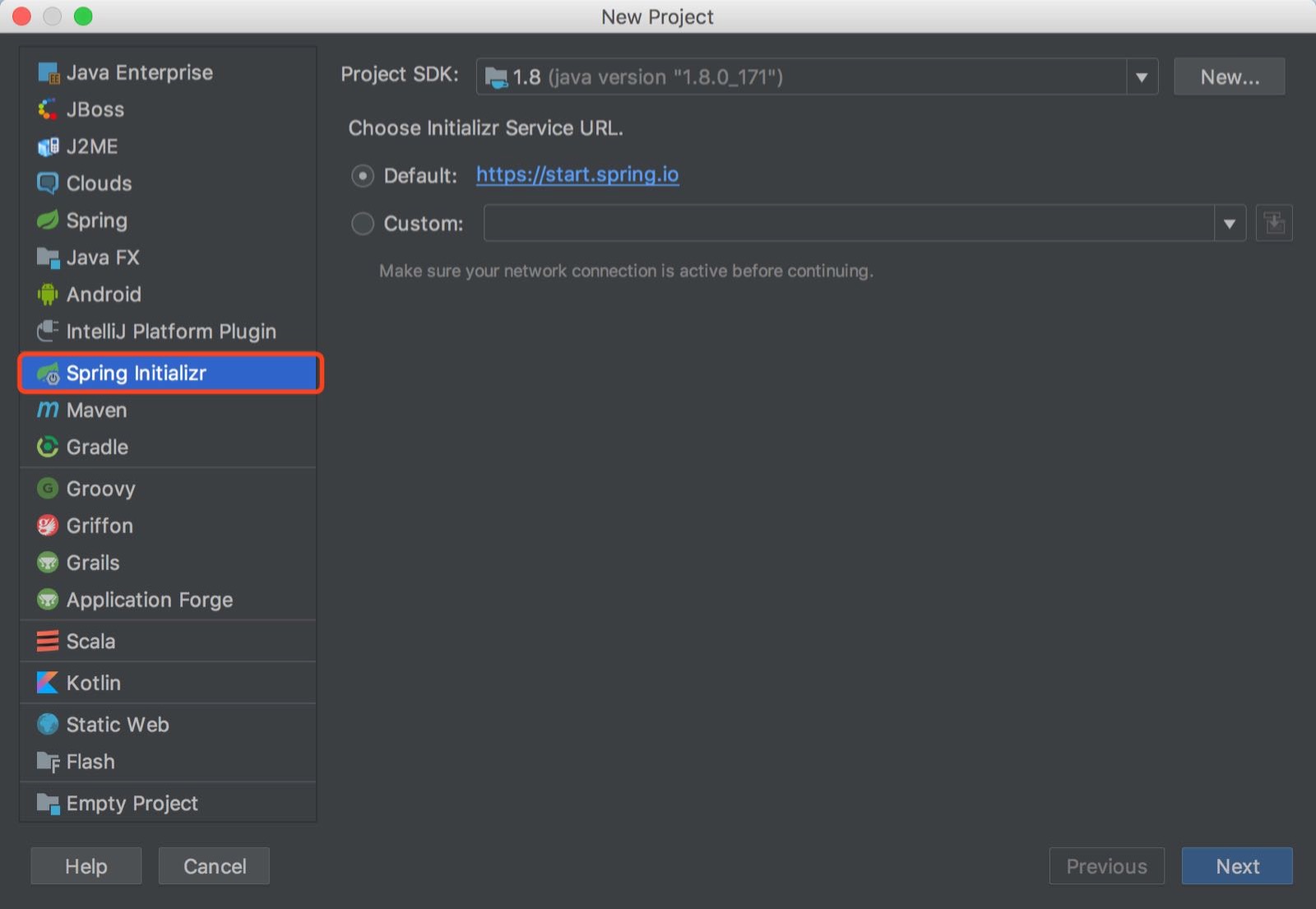
1.2 编辑Project Metadata
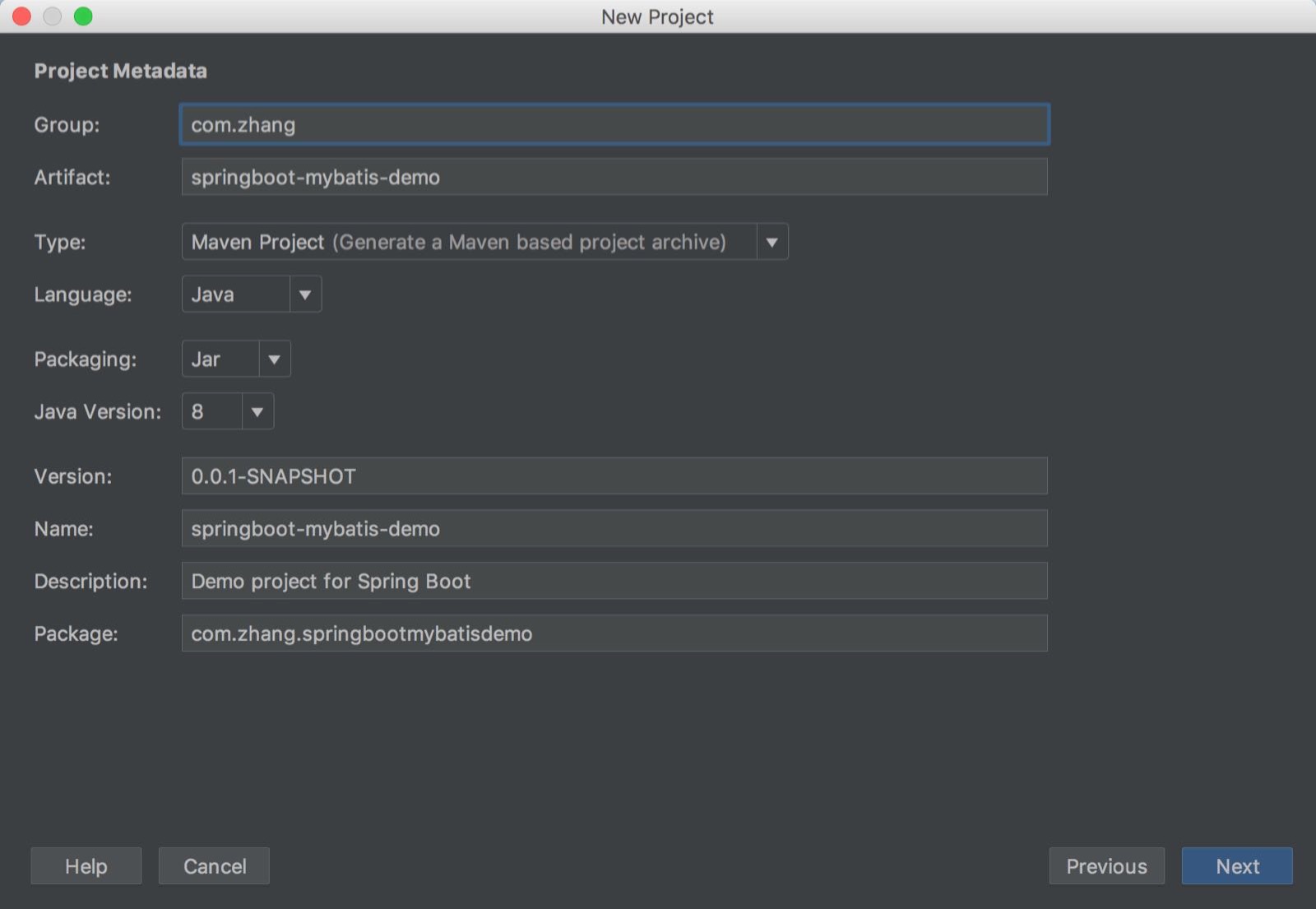
1.3 添加Web程序和SQL程序
添加Web程序

勾选Web程序
添加SQL程序
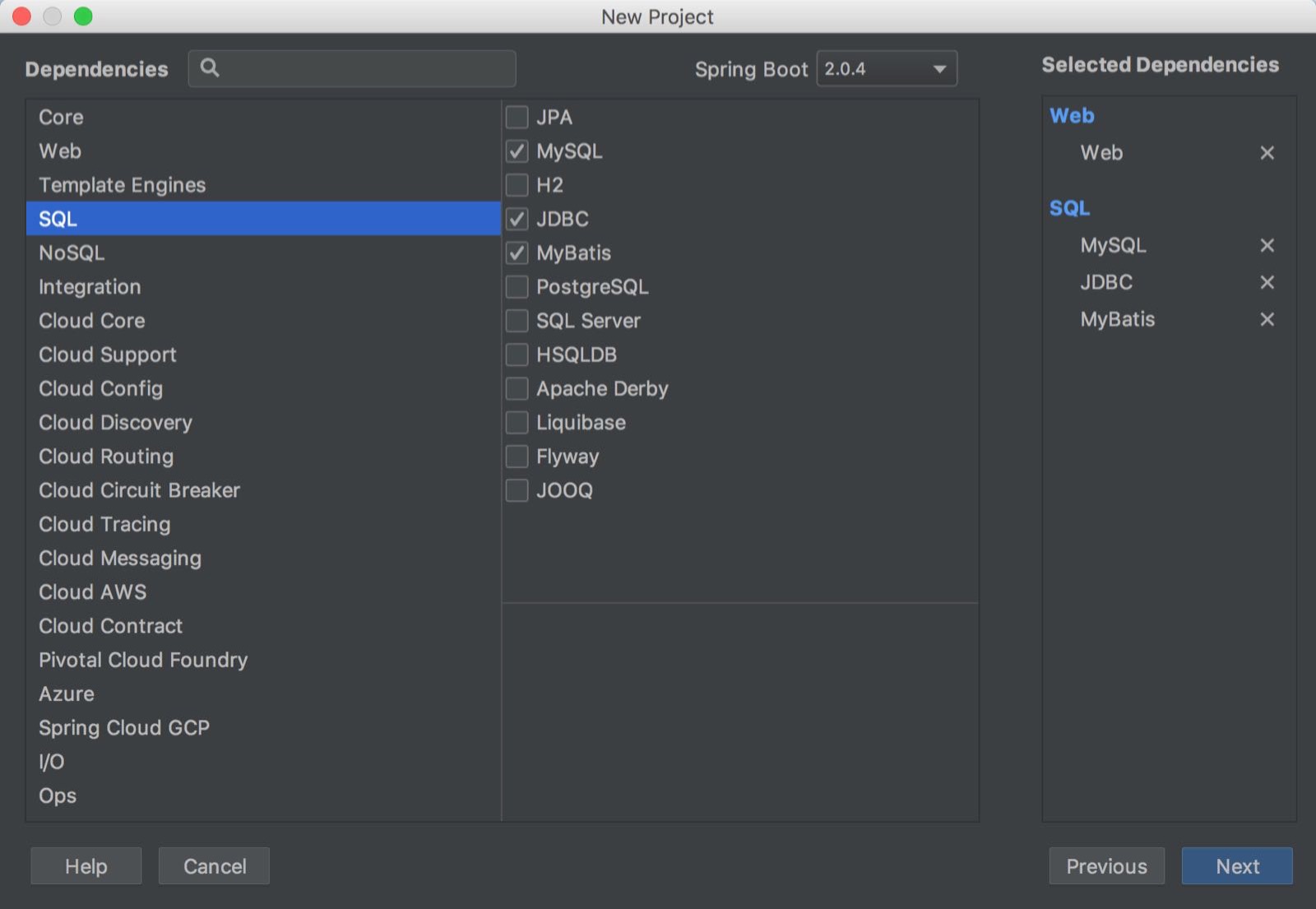
勾选MySQL,JDBC,MyBatis三项
点击Next
1.4 选择项目路径
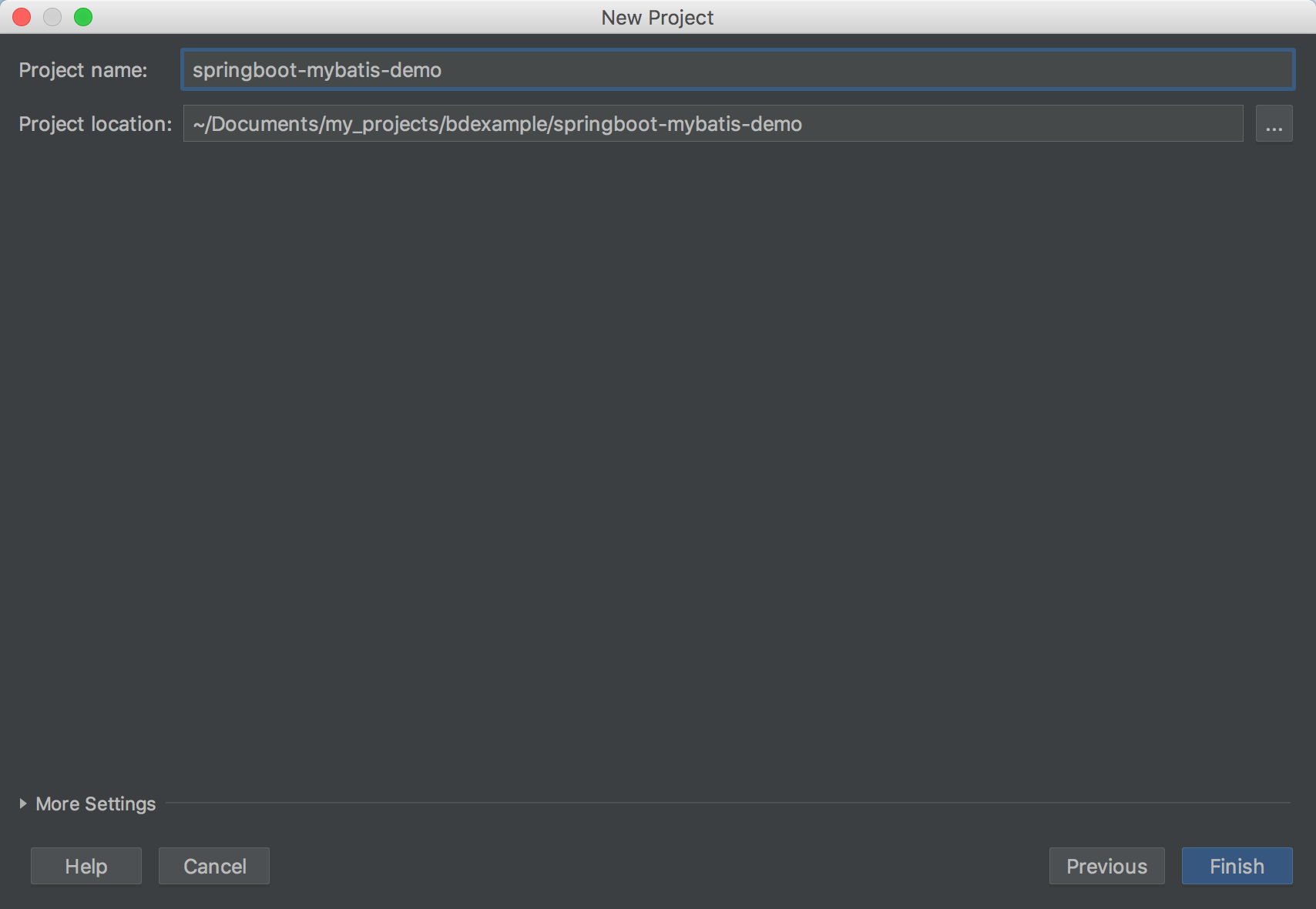
点击Finish,项目创建完成
1.5 创建项目完成
项目目录结构
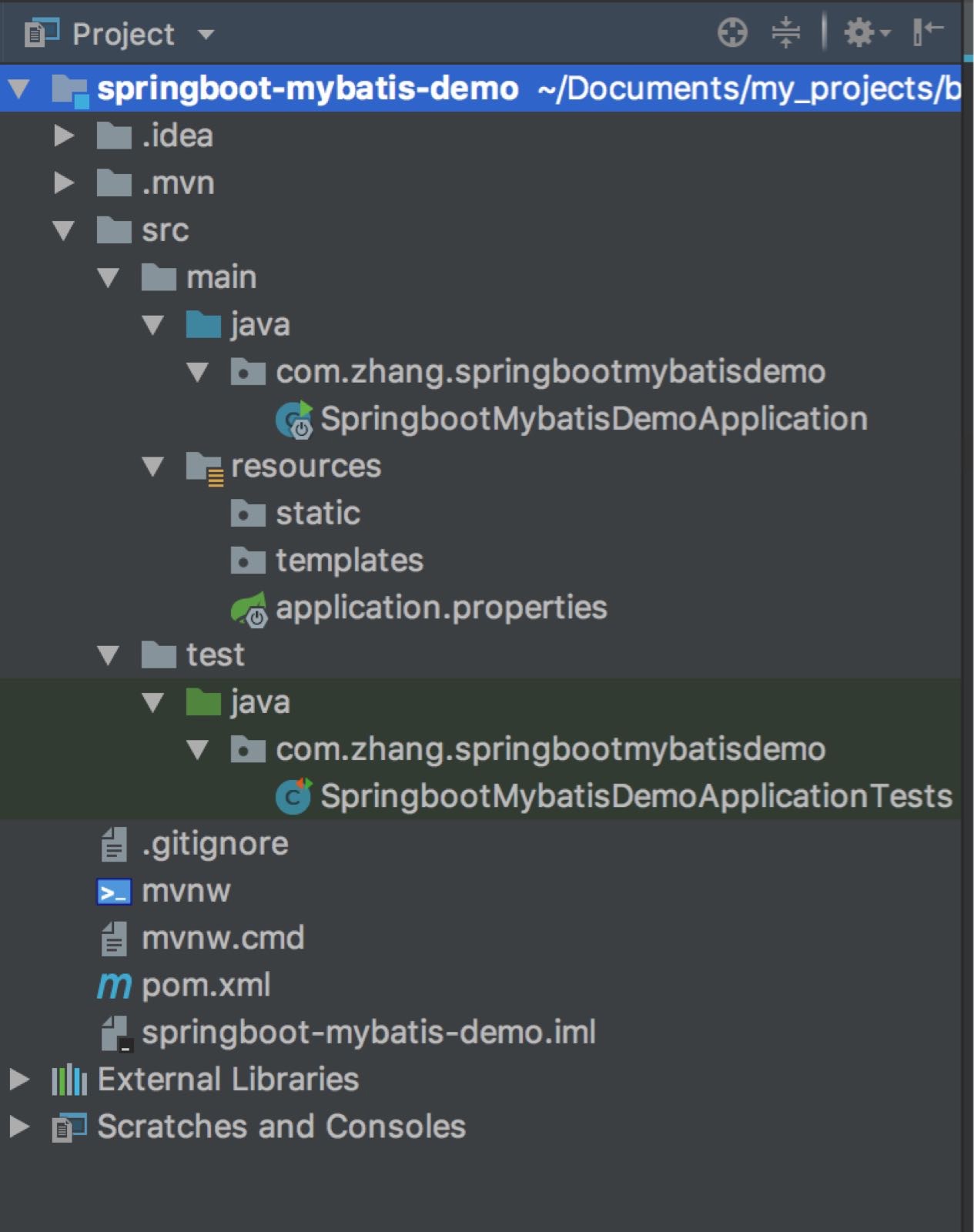
2.pom.xml依赖
在项目创建完成,会在pom.xml文件中生成对应的依赖和build插件。如下:
<?xml version="1.0" encoding="UTF-8"?>
<project xmlns="http://maven.apache.org/POM/4.0.0" xmlns:xsi="http://www.w3.org/2001/XMLSchema-instance"
xsi:schemaLocation="http://maven.apache.org/POM/4.0.0 http://maven.apache.org/xsd/maven-4.0.0.xsd">
<modelVersion>4.0.0</modelVersion>
<groupId>com.zhang</groupId>
<artifactId>springboot-mybatis-demo</artifactId>
<version>0.0.1-SNAPSHOT</version>
<!--以jar包的形式,如果改为war,就是打出来的包是war形式,后面会专门介绍如果打成war-->
<packaging>jar</packaging>
<name>springboot-mybatis-demo</name>
<description>Demo project for Spring Boot</description>
<parent>
<groupId>org.springframework.boot</groupId>
<artifactId>spring-boot-starter-parent</artifactId>
<version>2.0.4.RELEASE</version>
<relativePath/> <!-- lookup parent from repository -->
</parent>
<properties>
<project.build.sourceEncoding>UTF-8</project.build.sourceEncoding>
<project.reporting.outputEncoding>UTF-8</project.reporting.outputEncoding>
<java.version>1.8</java.version>
</properties>
<dependencies>
<dependency>
<groupId>org.springframework.boot</groupId>
<artifactId>spring-boot-starter-jdbc</artifactId>
</dependency>
<dependency>
<groupId>org.springframework.boot</groupId>
<artifactId>spring-boot-starter-web</artifactId>
</dependency>
<dependency>
<groupId>org.mybatis.spring.boot</groupId>
<artifactId>mybatis-spring-boot-starter</artifactId>
<version>1.3.2</version>
</dependency>
<dependency>
<groupId>mysql</groupId>
<artifactId>mysql-connector-java</artifactId>
<scope>runtime</scope>
</dependency>
<dependency>
<groupId>org.springframework.boot</groupId>
<artifactId>spring-boot-starter-test</artifactId>
<scope>test</scope>
</dependency>
</dependencies>
<build>
<plugins>
<plugin>
<groupId>org.springframework.boot</groupId>
<artifactId>spring-boot-maven-plugin</artifactId>
</plugin>
</plugins>
</build>
</project>除此之外,我们还需要添加其他的依赖(也可以不使用的),如:
<!-- alibaba的druid数据库连接池 -->
<dependency>
<groupId>com.alibaba</groupId>
<artifactId>druid-spring-boot-starter</artifactId>
<version>1.1.9</version>
</dependency>关于alibaba的druid数据库连接池,大家可以自行百度
3.application.yml配置编写
将application.properties文件重命名为application.yml(个人喜好)
编译application.yml,添加配置
server:
port: 8080
spring:
datasource:
name: mysql_test
type: com.alibaba.druid.pool.DruidDataSource
#druid相关配置
druid:
#监控统计拦截的filters
filters: stat
driver-class-name: com.mysql.jdbc.Driver
#基本属性
url: jdbc:mysql://localhost:3306/test?useUnicode=true&characterEncoding=UTF-8&allowMultiQueries=true
username: root
password: root
#配置初始化大小/最小/最大
initial-size: 1
min-idle: 1
max-active: 20
#获取连接等待超时时间
max-wait: 60000
#间隔多久进行一次检测,检测需要关闭的空闲连接
time-between-eviction-runs-millis: 60000
#一个连接在池中最小生存的时间
min-evictable-idle-time-millis: 300000
validation-query: SELECT 'x'
test-while-idle: true
test-on-borrow: false
test-on-return: false
#打开PSCache,并指定每个连接上PSCache的大小。oracle设为true,mysql设为false。分库分表较多推荐设置为false
pool-prepared-statements: false
max-pool-prepared-statement-per-connection-size: 20
# mybatis
mybatis:
mapper-locations: classpath:mapper/*.xml
type-aliases-package: com.zhang.springbootmybatisdemo.domainmapper-locations:配置mapper文件的路径
type-aliases-package:配置domain对象路径
4.创建Controller,Service,Dao,Domain实例
4.1 创建Controller
@RestController
@RequestMapping("/user")
public class UserController {
@Autowired
private UserService userService;
@PostMapping("/add")
public int add(@RequestBody User user) {
return userService.addUser(user);
}
@ResponseBody
@PostMapping("/search")
public User searchById(@RequestBody User user) {
return userService.searchById(user.getUserId());
}
@ResponseBody
@PostMapping("/searchall")
public List<User> searchAll() {
return userService.searchAll();
}
}
4.2 创建Service
@Component
public interface UserService {
int addUser(User user);
User searchById(String userId);
List<User> searchAll();
}@Component: 在UserService上添加Component注解,防止UserController中的userService属性自动注入是出现编译错误。
ServiceImpl的实现类
@Service(value = "userService")
public class UserServiceImpl implements UserService {
@Autowired
private UserDao userDao;
@Override
public int addUser(User user) {
return userDao.add(user);
}
@Override
public User searchById(String userId) {
return userDao.searchById(userId);
}
@Override
public List<User> searchAll() {
return userDao.searchAll();
}
}@Service(value = “userService”):指定UserController中userService参数的实现对象。
4.3 编写User
public class User {
private String userId;
private String username;
private String password;
...
// 省略 get set
}4.4 编写UserDao
@Component
public interface UserDao {
int add(User user);
User searchById(String userId);
List<User> searchAll();
}这里需要注意一个问题,需要在启动类SpringbootMybatisDemoApplication上面加上一个MappingScan的注解,在程序是,扫描dao中的类。
@SpringBootApplication
@MapperScan("com.zhang.springbootmybatisdemo.dao")
public class SpringbootMybatisDemoApplication {
public static void main(String[] args) {
SpringApplication.run(SpringbootMybatisDemoApplication.class, args);
}
}额外注意:@MapperScan(“com.zhang.springbootmybatisdemo.dao”)
5.编写Mapping的xml
<?xml version="1.0" encoding="UTF-8" ?>
<!DOCTYPE mapper PUBLIC "-//mybatis.org//DTD Mapper 3.0//EN" "http://mybatis.org/dtd/mybatis-3-mapper.dtd" >
<mapper namespace="com.zhang.springbootmybatisdemo.dao.UserDao">
<sql id="BASE_TABLE">
tb_user
</sql>
<sql id="BASE_COLUMN">
user_id,username,password
</sql>
<!--因为mysql的表字段和User对象的字段不一致,所以需要转换匹配-->
<resultMap id="BaseResultMap" type="com.zhang.springbootmybatisdemo.domain.User">
<result column="user_id" property="userId" jdbcType="VARCHAR"/>
<result column="username" property="username" jdbcType="VARCHAR"/>
<result column="password" property="password" jdbcType="VARCHAR"/>
</resultMap>
<insert id="add" parameterType="com.zhang.springbootmybatisdemo.domain.User">
insert into
tb_user(user_id,username,password)
values(#{userId,jdbcType=VARCHAR},#{username,jdbcType=VARCHAR},#{password,jdbcType=VARCHAR})
</insert>
<!--resultMap 是将返回的结果进行mapping匹配,如果mysql和User的字段一致,那么可以直接使用 resultType="User" 直接返回-->
<select id="searchById" parameterType="java.lang.String" resultMap="BaseResultMap">
SELECT
<include refid="BASE_COLUMN"/>
FROM
<include refid="BASE_TABLE"/>
WHERE user_id = #{userId,jdbcType=VARCHAR}
</select>
<select id="searchAll" resultMap="BaseResultMap">
SELECT
<include refid="BASE_COLUMN"/>
FROM
<include refid="BASE_TABLE"/>
</select>
</mapper>这里需要当心,指定参数的全路径名称是否正确。
6.测试运行
6.1 插入数据,如下
插入数据1:
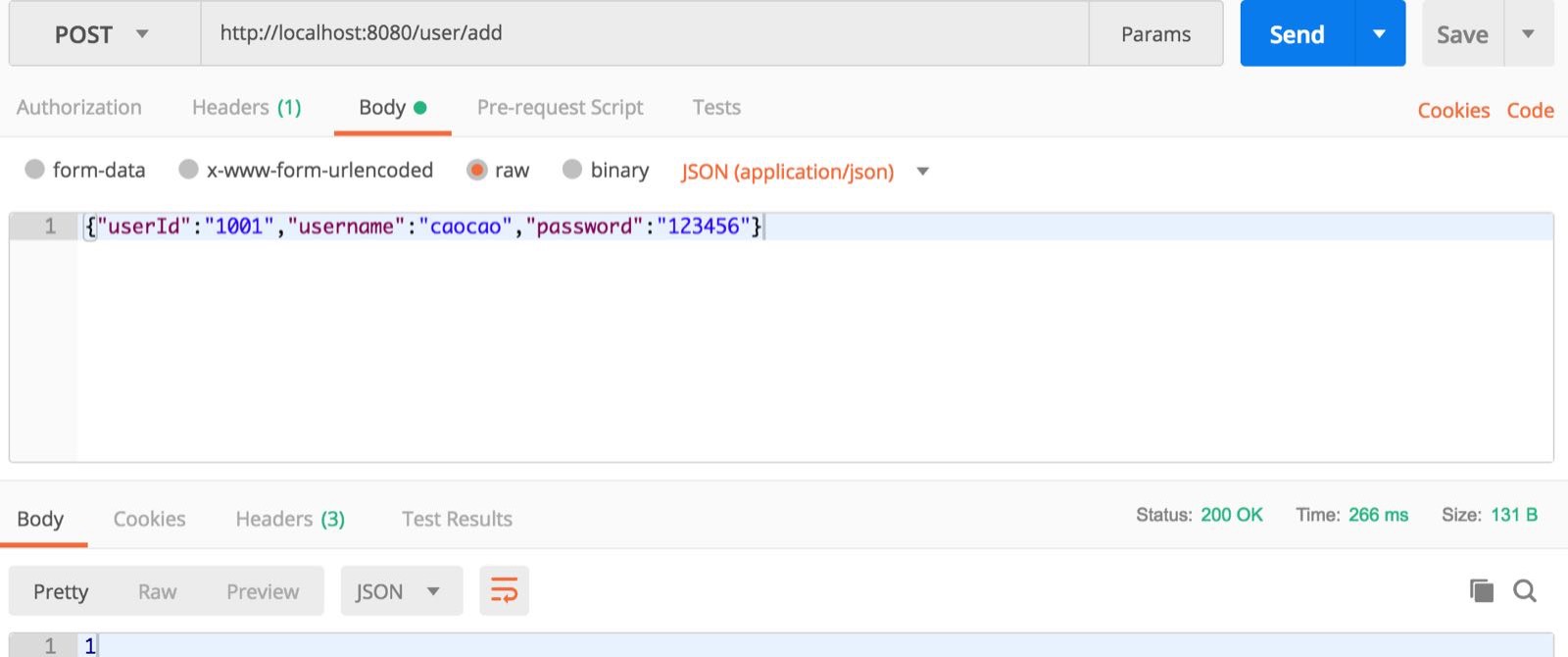
插入数据2:
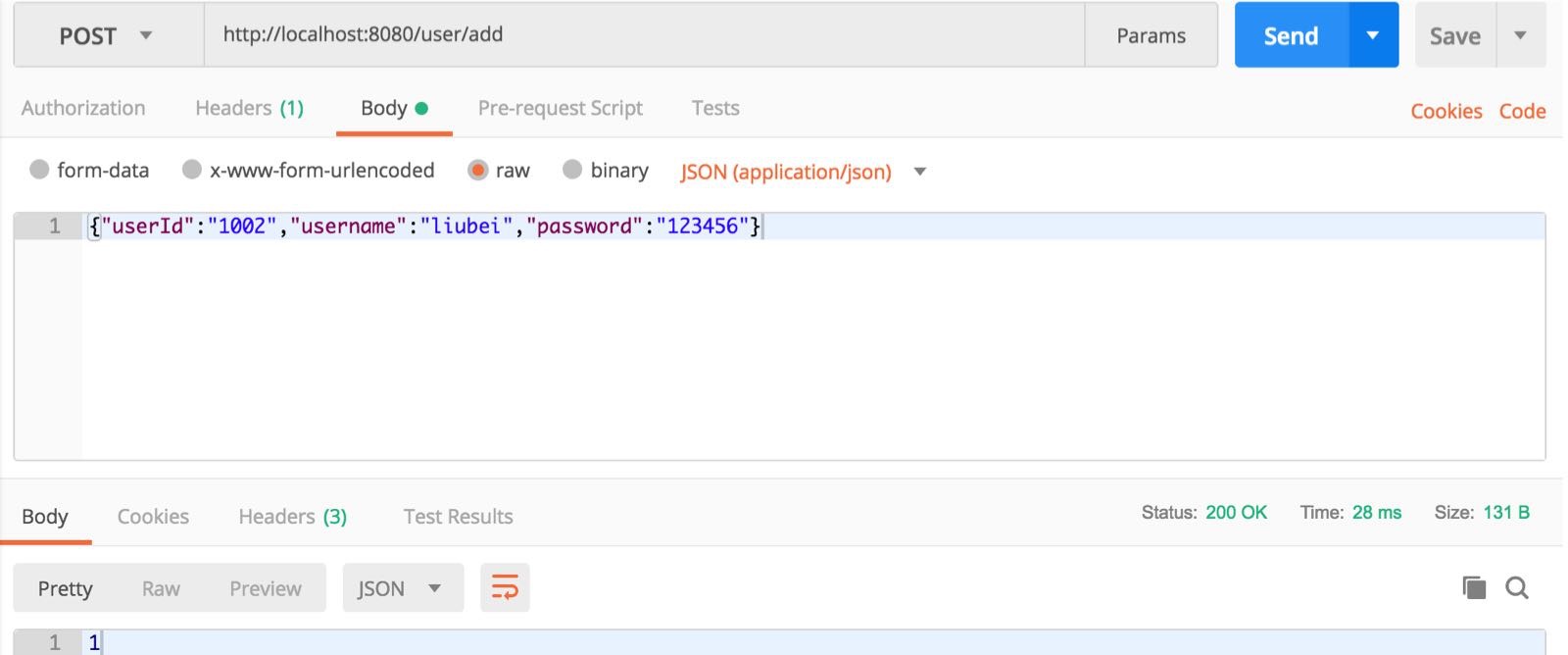
查询mysql
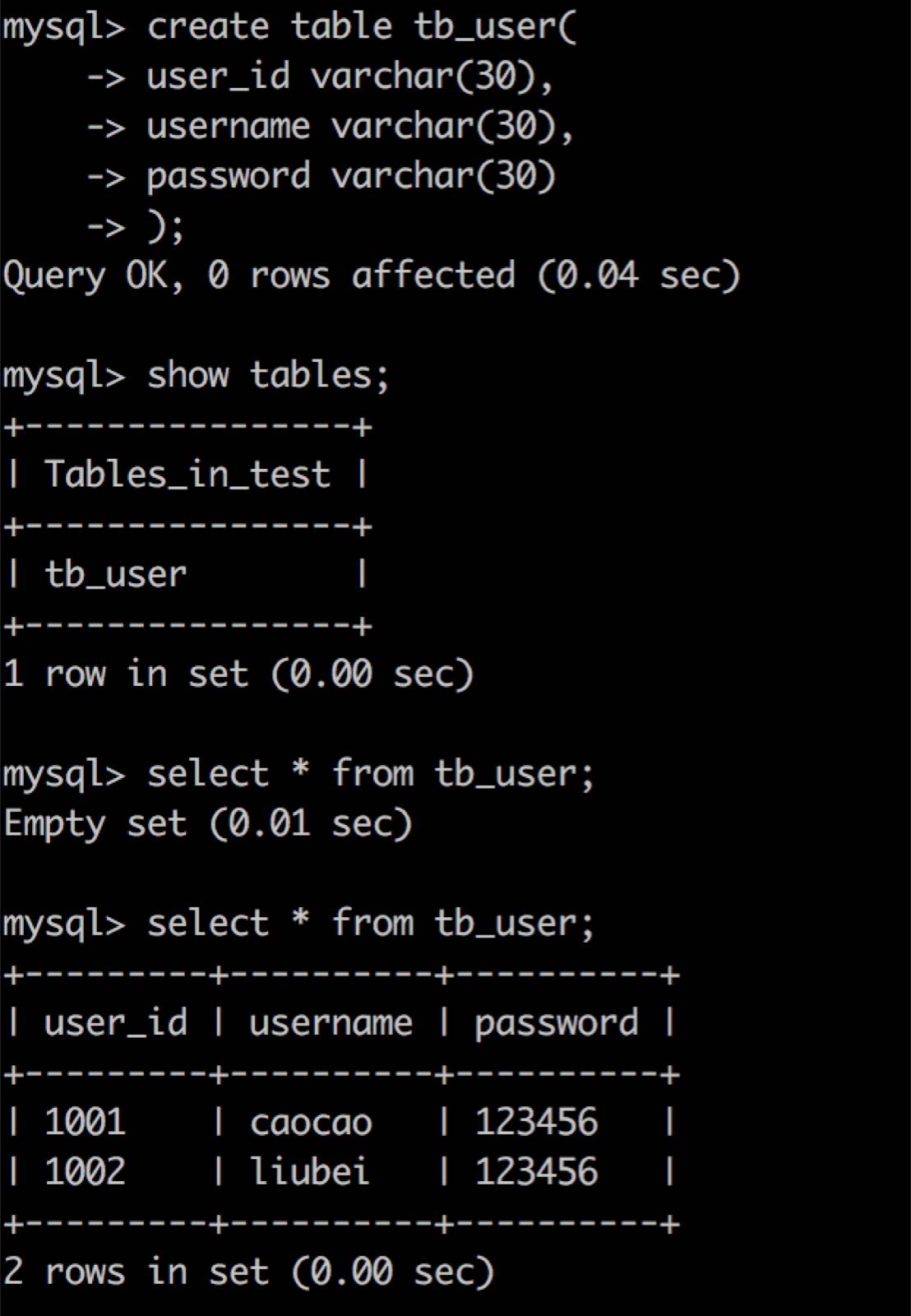
6.2 查询数据,如下
指定userId查询
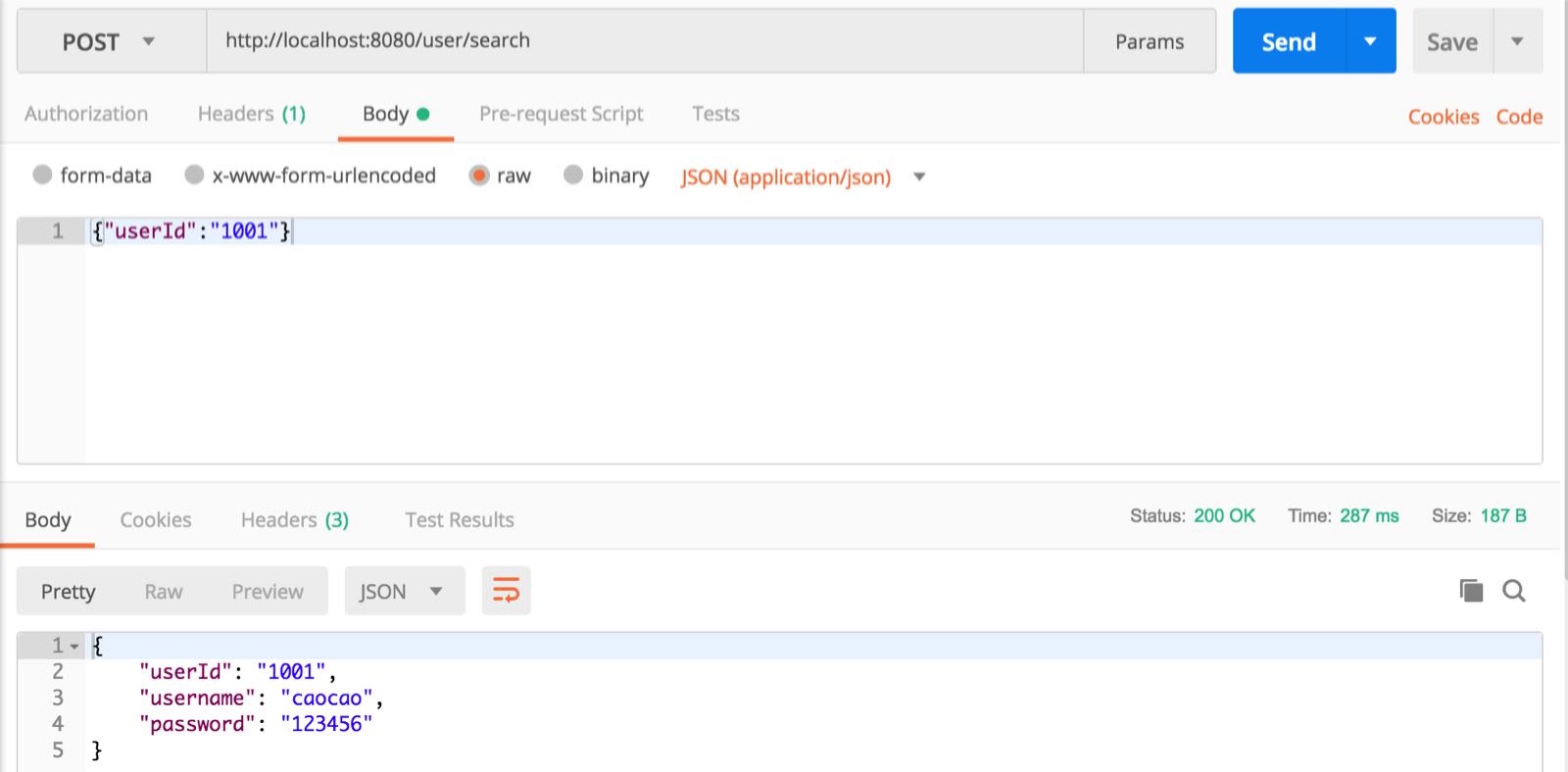
查询所有数据
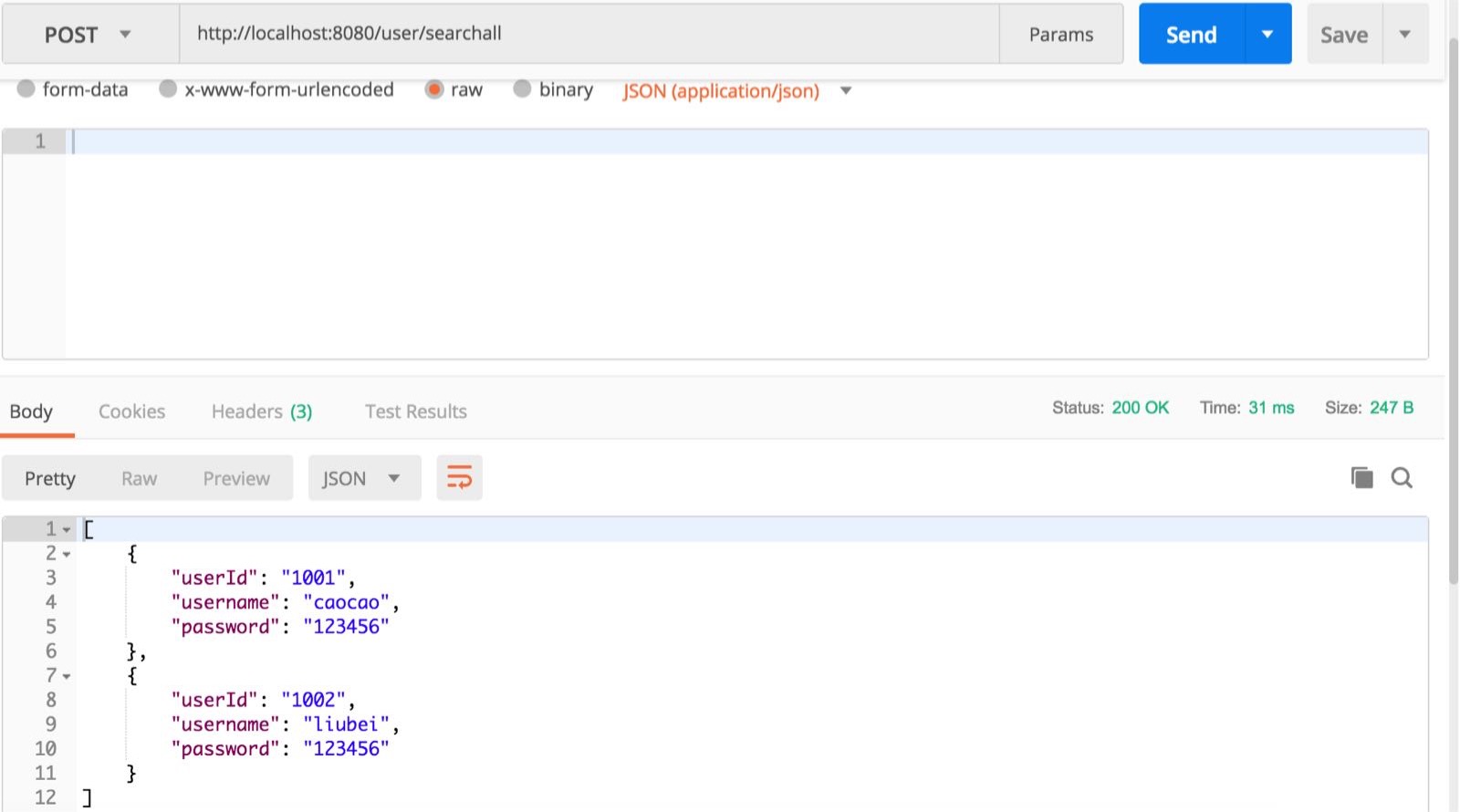
这里基本上将Spring Boot与Mybatis的结合实现了。